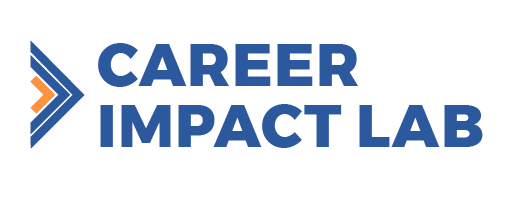The Business Model Canvas (BMC) is a one-page document which works through the fundamental elements of a business or product, structuring an idea in a coherent way.
It is a strategic management tool to quickly and easily define and communicate a business idea or concept.

- The right side of the BMC focuses on the customer (external), while, the left side of the canvas focuses on the business (internal).
- Both the external and internal factors meet around the value proposition, which is the exchange of value between your business and your customer/clients.
Importance of BMC:
- To quickly draw a picture of what the idea entails.
- It allows us to get an understanding of your business and to go through the process of making connections between what your idea is and how to make it into a business.
- It looks at what kinds of customer decisions influence the use of your systems.
- It allows everyone to get a clear idea of what the business will likely be.
ELEMENTS OF A BMC
- Value Proposition:
The Value Proposition is foundational to any business/product.
It is the fundamental concept of the exchange of value between your business and your customer/clients. Generally, value is exchanged from a customer for money when a problem is solved or a pain is relieved for them by your business.
Good questions to ask when defining your business/product:
- What is the problem I am solving?
- Why would someone want to have this problem solved?
- What is the underlying motivator for this problem?
- Customer Segments
Customer Segmenting is the practice of dividing a customer base into groups of individuals that are similar in specific ways, such as age, gender, interests and spending habits.
Things to consider when determining your Customer Segments:
- Who are we solving the problem for?
- Who are the people that will value my value proposition?
- Are they another business?
- If so, what are the characteristics of those businesses?
- Or, are they other people?
- Does my value proposition appeal to men/women or both?
- Does it appeal to young adults aged 20 to 30 or teenagers or older people?
- What are the characteristics/habits/lifestyle of the people who are looking for my value proposition?
Another thing to gauge and understand is your market size, and how many people there are in the Customer Segment. This will help you understand your market from a micro and macro perspective.
A great place to start understanding your customer is to create customer personas for each of your Customer Segments.
- Customer Relationships
Customer Relationships is defined as how a business interacts with its customers.
So, do you meet with them in person? Or over the phone? Or is your business predominantly run online so the relationship will be online too?
This helps clarify the points of engagement between you and your customer and the modes used to relate to your customers. This will also help you start to define your operations as a business and also help you identify opportunities for automation.
- Channels
Channels are defined as the avenues through which your customer comes into contact with your business and becomes part of your sales cycle.
Good questions to ask when identifying the channels to reach your customers are:
- How are we going to tell our customer segment about our value proposition?
- Where are our customers?
- Are they on social media?
- Are they driving their car and listening to the radio?
- Are they at an event or conference?
- Do they watch TV at 7pm on a Friday night?
- Key Activities
The Key Activities of your business/product are the actions that your business undertakes to achieve the value proposition for your customers.
The actions to achieve your value exchange can be consulting, designing, web development, baking, driving or shoveling.
- Key Resources
These resources are what is needed practically to undertake the action/activities of your business:
Key resources could include office space, computers and staff, Internet connection,
- Key Partners
Key Partners are a list of other external companies/suppliers/parties you may need to achieve your key activities and deliver value to the customer.
This moves into the realm of ‘if my business cannot achieve the value proposition alone, who else do I need to rely on to do it?’ It can an internet service provider, a local supplier or an electrician.
- Cost Structures
Your business cost structure is defined as the monetary cost of operating as a business.
- How much does it cost to achieve my businesses key activities?
- What are the cost of my key resources and key partnerships?
- How much does it cost to achieve the value proposition for my customers/users?
- Are there additional costs to running a business?
- Revenue Streams
Revenue Streams are defined as the way by which your business converts your Value Proposition or solution to the customer’s problem into financial gain.
It is also important to understand pricing your business accordingly to pain of purchase in exchange for the pain of solving the problem for your customer.
But how do you gain revenue? There are many different revenue models such as Pay per product (pay per view), Fee for service, Fixed rate or Subscription.




